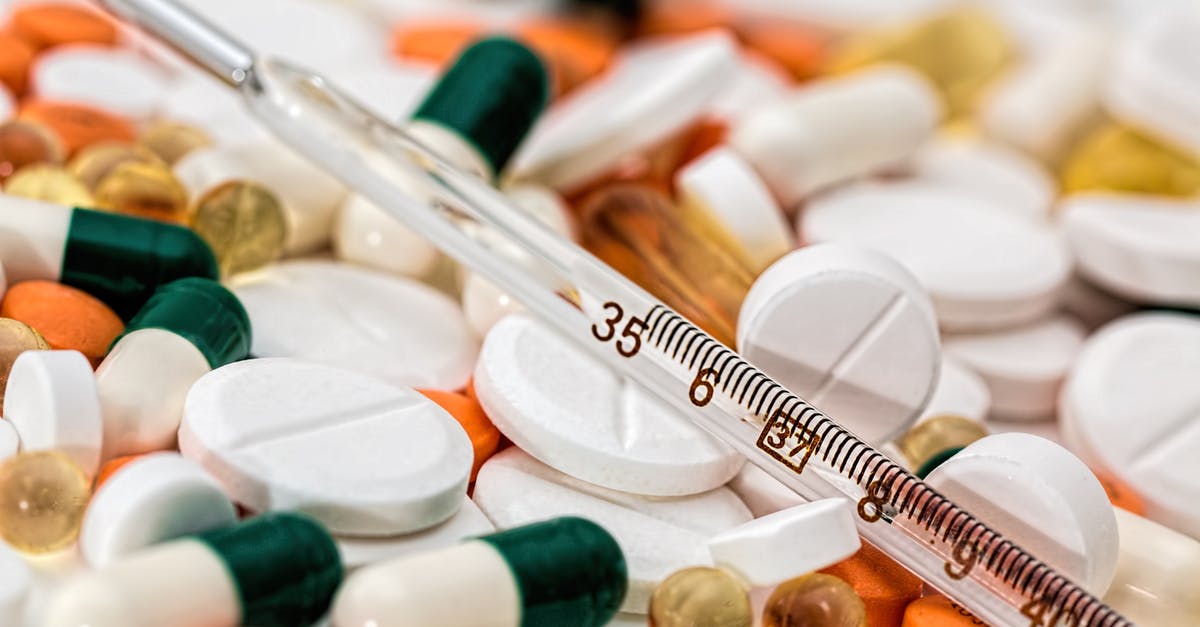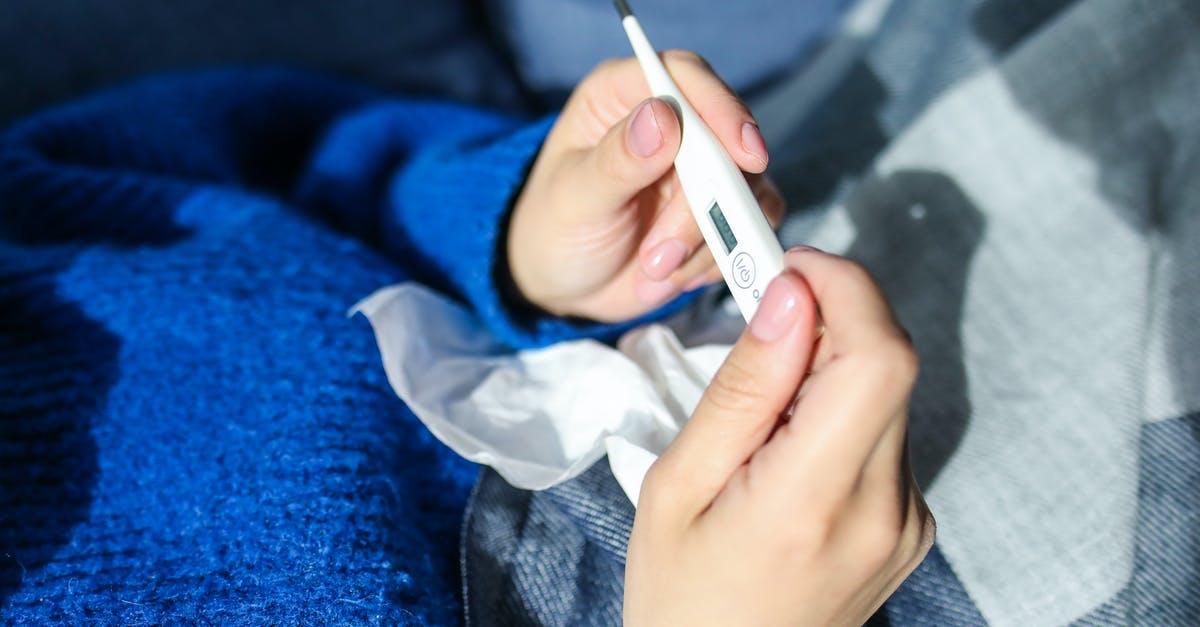What is the lowest possible temperature for stewing meat?

If you want to stew meat low and slow, how low can you go and still get collagen break-down?
And would there be any advantage to stewing at the lowest possible temperature?
Best Answer
As far as I know, Collagen starts to break down below 60°C/140F, time play a big role, i.e. to get the same breakdown at 60°C as 80°C you might need 24-48h instead of 3-4h.
The higher the heat the more the meat is contracted and it will get dryer, in a stew that might not be as obvious as in other cooking methods but it should still be the fact. Compare tough cuts of meat cooked sous vide at 55°C-60°C for 24-100h, they get very tender and moist.
So the benefit will be moister meat. I think you must cook the veggies at much higher temperature (80°C-95°C) so you would have to separate the two. If the end result is worth the effort I do not know, I have wanted to try doing a 'stew' with meat cooked sous vide at 55°C - 60°C for 24h+, with the veggies done on the side at 80°C-95°C, normal stew style, to see if it would be better, but I have never tried.
Sources
Hum, I'm sure you or anyone can find enough sources to argue that you need 70-80°C(160-180°F), see e.g. On food and cooking(2004) pg 163 "...Meats with a significant amount of tough connective tissue must be cooked to a minimum of 160-180°F/70-80°C to dissolve their collagen into gelatin. "
The only potentially credible and official (what do you mean by that?) source that potentially can trump On Food and Cooking is Modernist Cuisine, I will quote.
MC 3.78-79 "When meat is cooked at temperatures above 50°C/122°F, a different chemical reaction -- the conversion of collagen into gelatin -- becomes prominent." it continues and says "Cookbooks and some scientific sources commonly claim that collagen converts to gelatine "at" some particular temperature. Usually the cited threshold lies between 60°C and 75°C / 140°F and 167°F. In reality, the hydrolysis of collagen is simply another example of a chemical reaction whose rate varies exponentially with temperature." it goes on describing that the exact temperature have not been measured and that it depends on what type of collagen, e.g. breed, cut and age. Finally it says "Tough meats can be cooked until tender at any temperature above 55°C/130°F (and even a bit below, if you are patient enough)."
Also see lots of sous vide recipes on the net saying that you can cook tough meat at much less temperature than 70°C/160°F and get it very tender. Or try it, I have and it works!!! I have stopped eating primary expensive cuts, flank, shin and brisket tastes much better!
See also SAJ14SAJ reply and Stefanos comment below, as per Baldwin which should be almost as good a source as oFaC and MC
Conclusion
The answer to the question, "how low can you go and still get collagen break-down" I would answer 55°C/130°F or even a bit lower. That is NOT a realistic temperature for cooking a stew, especially not if you will put veggies in it, but as far as collagen breakdown goes that is the lowest temperature for 'stewing meat'.
Pictures about "What is the lowest possible temperature for stewing meat?"



What is the minimum temperature of stewing?
Leftover meats and dishes containing meat, including casseroles, soups, or stews, should be safely reheated to an internal temperature of 165\xb0F (75\xb0C).What temperature should beef stew meat be cooked to?
To make it easy to remember, the safe internal temperature for cuts of beef, lamb, and pork is all the same! The USDA recommends an internal temperature of 145\xb0F, which is considered medium-well.Can you cook meat at 100 degrees?
If meat is cooked at 100C, the pressure caused by the evaporation obliterates the meat, and any juices left in it disappear. Therefore, the higher the level of connective tissue, the longer the meat will need to be held in the temperature range of 55C.Cooking 101: Proper cooking Temperatures to Ensure Safe Food - White Apron Catering, Lake Worth, Fl
More answers regarding what is the lowest possible temperature for stewing meat?
Answer 2
It is somewhere in the range between 70°C-80°C (160 to 175 F I think - conversion may not be exact), below that collagen doesn't hydrolyse.
There is no advantage in cooking at this temperature, as your actin has already denatured (that's what you are trying to avoid in roasts and steaks) and is very dry and tough. Without the lubrication from gelatine (hydrolysed collagen's end product), meat cooked at 70°C or above would be tough and unpleasant. So you can increase the temperature as you want.
But the collagen hydrolysis is a long process, and more heat doesn't mean that your meat will cook quicker. You can increase the temperature, but it won't have noticeable effects on cooking times, they will stay in the 2-6 hours range (depending on the amount of collagen in your cut).
Answer 3
Rumtscho's answer is correct for most reasonable practical purposes--see Science of Cooking article on slow cooking, which breaks down the process in great detail, at various temperatures. The article provides primary sources if you wish to investigate further.
Collagen dissolves to gelatin between 160 F and 180 F (71 C and 82 C), but it is a time dependent process, and proceeds more rapidly at the higher end of the temperature range.
There is no advantage to stewing at the low end of this range, as it would take longer, and the effects that squeeze liquids out of the meat have already occurred by 160 F (71 C).
For more references to gelatin formation, mostly in the context of commerical extraction, which is much easier to find, see my answer to What factors affect collagen to gelatin conversion?.
Stefan's answer is also probably technically correct, as collagen conversion is a stochastic endothermic process, so it will occur at reduced rates at lower temperatures, when the local conditions achieve the threshold energy, but the rates will be slow. Unless you are doing very carefully controlled sous-vide type methods, it isn't practical for most cooking to try to do gelatin conversion at 140 F (60 C). It would also take an extraordinarily long time.
No matter what the other quality issues are on the product, I think it is clear you would want to perform sous-vide methods at at least 135 F (57 C) for at least 24 hours, in order to kill pathogens.
That said, the collagen conversion at lower temperatures will slow considerably. Here one blogger describes doing a brisket at 55 C (131 F) for 48 hours, without a lot of success--a lot of the collagen was still present (he also had issues with elastin as well, but not relevant to this discussion).
The snippet of Cooking for Geeks accessible through Google books points out different animals have different types of collagens, which dissolve at different temperatures. It provides more detail than other sources I have seen, so if you are deeply interested in the topic, you might want to buy the book. It indicates myosin begins to denature at 104 F, and actin at 150 F, but again, both denature more quickly at higher temperatures. Evidently the source of this information is Douglas Baldwin's A practical guide to sous-vide cooking, alluded to by Stefano's comment below.
Per the link Stefano provides to Douglas Baldwin's site:
Prolonged cooking (e.g., braising) has been used to make tough cuts of meat more palatable since ancient times. Indeed, prolonged cooking can more than double the tenderness of the meat by dissolving all the collagen into gelatin and reducing inter-fiber adhesion to essentially nothing (Davey et al., 1976). At 176°F (80°C), Davey et al. (1976) found that these effects occur within about 12–24 hours with tenderness increasing only slightly when cooked for 50 to 100 hours.
At lower temperatures (120°F/50°C to 150°F/ 65°C), Bouton and Harris (1981) found that tough cuts of beef (from animals 0–4 years old) were the most tender when cooked to between 131°F and 140°F (55°C and 60°C). Cooking the beef for 24 hours at these temperatures significantly increased its tenderness (with shear forces decreasing 26%–72% compared to 1 hour of cooking). This tenderizing is caused by weakening of connective tissue and proteolytic enzymes decreasing myofibrillar tensile strength. Indeed, collagen begins to dissolve into gelatin above 122°F to 131°F (50°C to 55°C) (Neklyudov, 2003; This, 2006). Moreover, the sarcoplasmic protein enzyme collagenase remains active below 140°F (60°C) and can significantly tenderize the meat if held for more than 6 hours (Tornberg, 2005). This is why beef chuck roast cooked in a 131°F–140°F (55°C–60°C) water bath for 24–48 hours has the texture of filet mignon.
Conclusion
I would say both original posters are right, in the proper context. For traditional kitchen technique's, Rumtscho's answer is clearly correct. With judicious use of sous-vide type technique, Stefan's answer is also correct.
Answer 4
I think you really need to cook beef or chicken at 140 to 160 F or above if you plan on eating it that day. In other words, 130 is not hot enough to kill dangerous pathogens that can be present unless you cook for 24 hours, which is ridiculous.
I always stew beef at 165 F for 3-4 hours, especially with veg. Deer takes little longer due to it's very lean and tends to be tough; 4 hours at 165 and it melts in your mouth.
Sources: Stack Exchange - This article follows the attribution requirements of Stack Exchange and is licensed under CC BY-SA 3.0.
Images: Tima Miroshnichenko, Pixabay, Pixabay, Polina Tankilevitch
